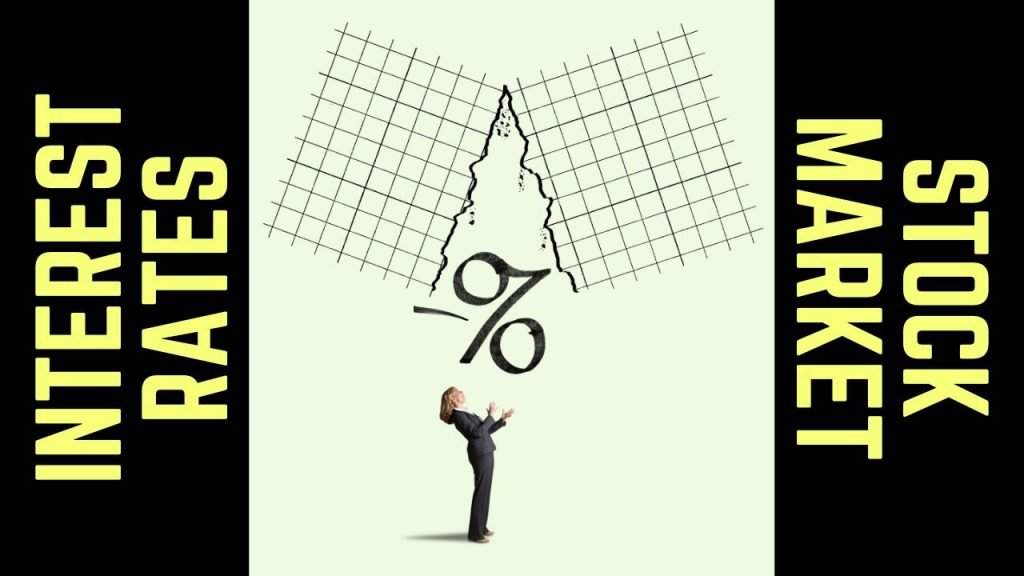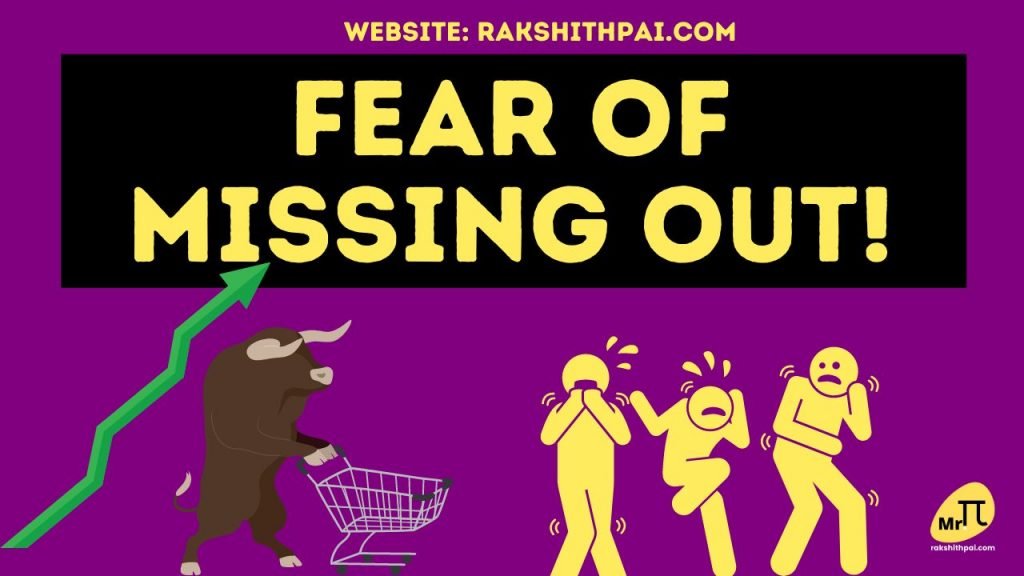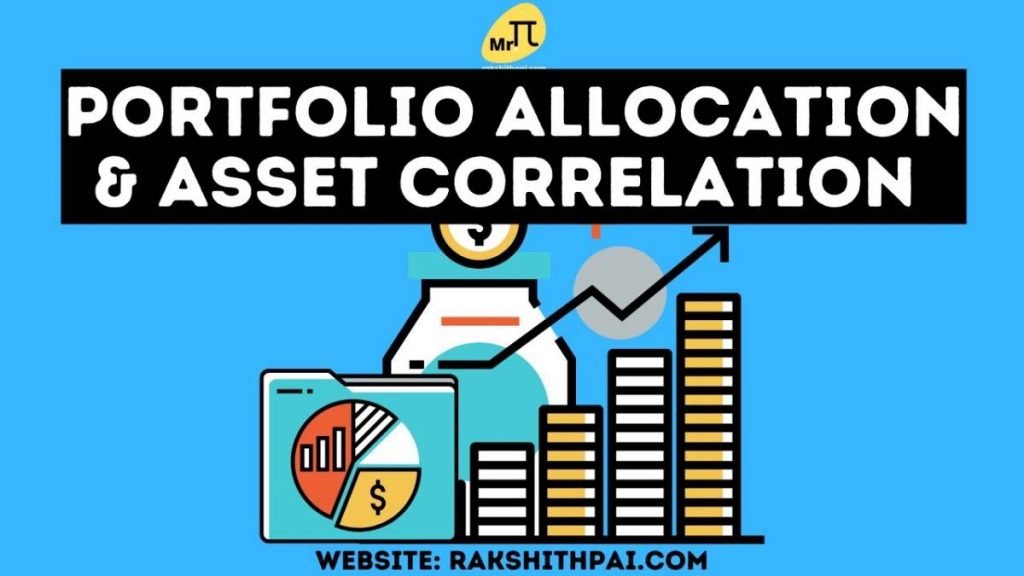Table of Contents
Introduction:
Reasonably, the financial world and the investment community tend to be obsessed with interest rates. Interest rates are related to the cost of borrowing money from another party.
Interest rates are determined by central banks worldwide. The Reserve Bank of India determines the repo rate in India. That’s the rate at which the Reserve Bank of India loans to commercial banks. This rate becomes the standard. Depending on this benchmark rate, commercial banks determine the borrowing rates for firms and individuals like us.
The Central Government has given the Reserve Bank of India (RBI) the job of making sure that the Indian economy runs as smoothly as possible.
If the RBI considers that the economy is behind, it might reduce the repo rate to make borrowing for people and companies more affordable. This action often increases stock values, resulting in increased profits for investors.
The most recent illustration of this trend is the initial months of the COVID-19 crisis. Early in the year 2020, the pandemic breakout precipitated a stunningly enormous and quick collapse in economic activity, accompanied by the biggest stock market slump in recorded history. The Reserve Bank of India (RBI) responded by reducing interest rates as low as possible, and the economy and stock market rebounded dramatically.
But what happens to equities when the Reserve Bank of India increases interest rates? First, let’s understand what are Interest rates.
What are Interest rates?
RBI has many ways to dictate the money supply in our economy, one of the known instruments is the Interest rate.
The Repo rate is the rate at which Indian Banks borrow money from the RBI. An Increase in repo rate means an increase in the money supply. Here, instead of parking money with the RBI, the banks rather prefer to lend it out to the general public, corporate entities, and such. Thus, increase in money circulation. And Reverse repo is just the opposite. An increase in the reverse repo rate will decrease the money supply.
When the economy gets gloomy and dull, the Central bank wants more economic activity and thus they tend to reduce the interest rates. These reduced interest rates will create a chain effect that ultimately reaches the end consumer.
For example, a Home loan, which was once serviceable at an 8.5% to 10% interest rate before the pandemic is now available at under 7% rates. Thus, more people will come forward to take a home loan. Similarly auto loans, student loans, credit card debts, and such.
When interest rates are reduced, people are promoted to spend more, thus reviving the economy through their spending and consumption.
For more information, watch the Youtube video – “Why the Equity & Crypto Market is Sensitive to Interest rates?” CLICK HERE!
The Effect of RBI Rate Increases:
When inflation becomes excessive or asset bubbles go out of control, the RBI boosts interest rates to calm the economy.
Higher interest rates ripple across the economy. The rising cost of mortgages, auto loans, and business loans slows cash flow. This may prompt firms to modify or suspend their expansion plans.
In the share market, higher rates might encourage investors to trade assets and take profits, especially during times like the present when stock returns have been double-digit for several years. As you might expect, these kinds of investor actions can have a negative effect on stock prices, both on their own and in large parts of the market.
Also, if interest rates go up enough, conservative investors may be more interested in savings products like savings accounts and fixed deposits.
Do stock markets decline when interest rates increase?
This is the situation with the Indian share market and interest rate hikes. If you try to find evidence that shows a link between rising interest rates and falling markets, you might be let down.
Recently, the National Stock Exchange evaluated Nifty 50 equities to determine the historical significance of stock market performance over these eras. The data, which is shown in the figure below, demonstrates that the stock market indices only dropped during three rate-rise cycles throughout these long-term periods.
When all eight cycles were added together, the Nifty 50 gained 24.6 percent on average. Three calendar years, 2007-2008, 2010-2011, and 2014-2015, had negative returns, whereas five calendar years, 2006-2007, 2008-2009, 2009-2010, 2011-2012, and 2019-2020, had positive returns, with a 16.1% average return.
It is not difficult to locate data that contradicts the notion that higher interest rates lead to lower stock prices. The repo rate was raised by 25 basis points to 8% in 2014, and the S&P BSE Sensex and Nifty 50 fell to their lowest levels in over eight and a half weeks.
Correlation between Investment & Interest Rates:
Interest rates and stock prices generally move in opposite directions. In principle, rising interest rates should make saving more appealing. If your bank saving & Fixed deposit earn a fair rate of return, it becomes more difficult to justify the additional risks associated with investing.
For example: When The RBI raises interest rates, a Fixed Deposit gives a higher return, say 7%. In such as case, most investors prefer to park their funds in FD than to invest in the Equity market. Because Investing is risky. Right?
So, when interest rates are increased, risky assets such as Equity & Crypto markets will take a hit. Because then, saving funds in the bank or investing in Bonds are more favorable than taking active participation in Equity or Crypto Investing. So, people move out of their investments and tend to buy more bonds or save money in banks.
The Dynamics of Interest Rate Increases and Stock Returns
When attempting to predict the direction of the market, it is essential to remember that rate rises do not affect everyone in the same manner. In reality, they can benefit particular industries, such as the banking sector. Unless you’re in the business of loaning money, higher interest rates result in greater profit margins.
In contrast, higher interest rates tend to harm growth equities, such as tech companies. When the market is unstable, investors look for stable companies, like commodities, index mainstays, and well-known companies with monopolistic features.
These corporations often provide dividends, which guarantees some growth even if the share price declines. Excessive-growth firms typically invest their capital in business expansion, and they have a propensity to burn through cash. Therefore, high borrowing rates can severely hinder their growth.
Because of this, volatile markets can be good for selective investors, who are sometimes called “stock pickers” because they can choose the right companies and organizations to invest in when market conditions change.
Even for specialists, it’s difficult to get the timing right, because you’re not only competing with the RBI but also with other investors, many of whom have already factored rate rises into their trading calculations.
Even though the RBI’s overnight lending rate is important, it is not the only thing that affects how the stock market does.
This is a significant reason why experts advise the majority of investors to have a balanced portfolio of large index funds. With this method, you will always have exposure to short-term winners (even if it means holding some losers). And this helps prepare you for long-term success.
Rates of Interest and the Bond Market
Bond prices and returns on certificates of deposit (CDs), Treasury bonds, and Treasury bills are similarly affected by interest rates. As interest rates climb, bond prices decline (and vice versa). The longer a bond’s maturity, the more sensitive it is to changes in the interest rate.
When the central bank increases the federal funds rate, freshly issued government assets, such as Treasury bills and bonds, are frequently seen as the safest investments. Typically, they will face a rise in interest rates. In other words, the risk-free rate of return increases, hence increasing the desirability of these investments.
As the risk-free rate rises, so does the necessary total return for investing in equities. So, if the needed risk premium goes down while the expected return stays the same (or goes down), investors may think stocks are too risky and decide to put their money somewhere else.
The sale of bonds is a method for governments and enterprises to raise capital. As interest rates increase, the cost of debt also increases, resulting in the issuance of debt with greater yields. At the same time, there will be less demand on the market for existing bonds with lower coupon rates, which will cause their prices to go down and their yields to go up.
As interest rates decline, it becomes simpler for businesses to borrow more money, resulting in the issuance of debt with lower yields. Concurrently, the market demand for existing bonds with higher coupon rates will rise, causing their prices to rise and yields to fall. In this situation, issuers of callable securities may also choose to restructure them and lock in the current reduced interest rates.
A drop in the federal funds rate reduces the potential for income-oriented investors to earn money via interest. Newly issued Treasury securities and annuities will pay less. A reduction in interest rates will cause investors to transfer funds from the bond market to the stock market. The flood of new cash elevates the stock market.
Recession is here!
What Is the Effect of Rising Interest Rates?
When the central bank raises the discount rate, short-term borrowing rates for financial firms increase instantly. This has a domino effect on almost all other rates that businesses and people pay to borrow money.
Because it is more expensive for financial institutions to borrow money, they frequently increase the interest rates they charge their consumers. Therefore, customers are affected by rises in their credit card and mortgage interest rates, particularly if these loans include variable interest rates. When the interest rate on credit cards and mortgages rises, customers have less disposable income to spend.
Still, consumers must pay their bills. When these expenses increase in price, consumers have less disposable income. When customers have less discretionary spending money, firms see a decline in revenue and earnings.
As you can see, as interest rates rise, companies are subject not only to increase borrowing costs but also to the negative consequences of declining consumer demand. Both of these issues might have a negative impact on earnings and stock values.
What Occurs When Interest Rates Decrease?
The central bank reduces the federal funds rate to boost financial activity during economic downturns. The RBI’s reduction of interest rates has the opposite impact of a rate increase. Investors and economists alike consider lower interest rates as growth-inducing accelerators, which is advantageous for both personal and business borrowing. This results in increased earnings and a thriving economy.
The reduced borrowing rates will encourage consumers to spend more, since they may believe they can now afford to purchase a new home or send their children to a private school. Businesses will be able to fund operations, acquisitions, and expansions at a lower interest rate, thus enhancing their future profit potential. The result is an increase in stock prices.
Dividend-paying industries, such as utilities and real estate investment trusts, benefit most from lower federal funds rates (REITs). Also, debt financing is cheaper for big businesses that have steady cash flows and strong balance sheets.
Conclusion:
In order to revive the economy, Central banks reduced rates. As days go by, the economy is up and running as usual. In such a case, the currency value should increase. But, with excess money in circulation, the money purchasing value tends to decrease. We call it “Inflation”.
Inflation is like a Cancer to the economy. They kill wealth from the inside. For practical examples, look at Turkey and Pakistan! They make common people’s life a living hell.
In order to avoid such an economic mess. Central Banks mediate before such happens and raise interest rates and pull back the excess money like a sponge absorbs wet water from the floor before we slip!
Additionally, when mortgages and credit card debt become more expensive, consumers have less disposable income. This can have a cascading effect on the company’s profitability and, eventually, returns.
For more information, you should understand the functions of RBI. CLICK HERE!
Functions of RBI
Disclaimer: All the information on this website is published in good faith and for general information purposes only.









